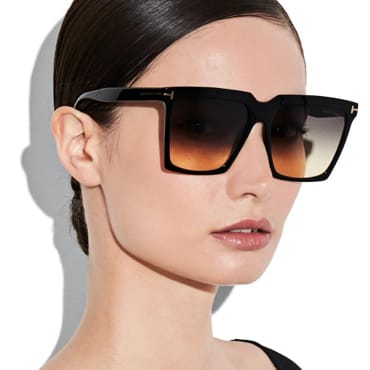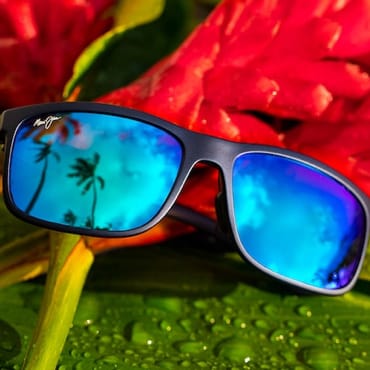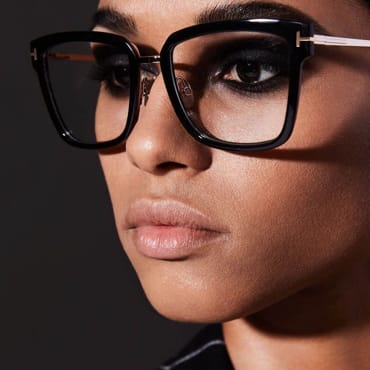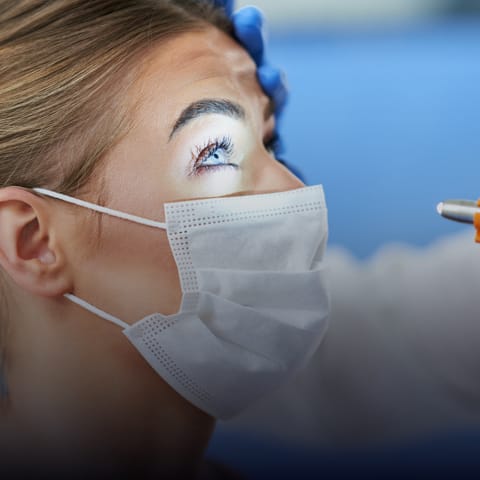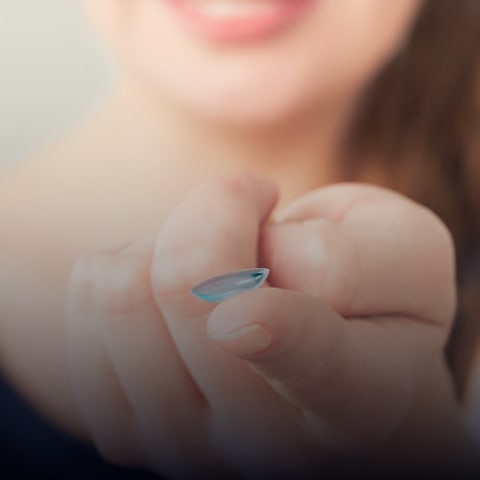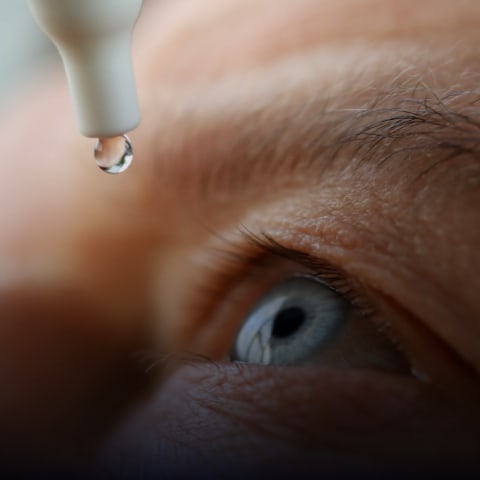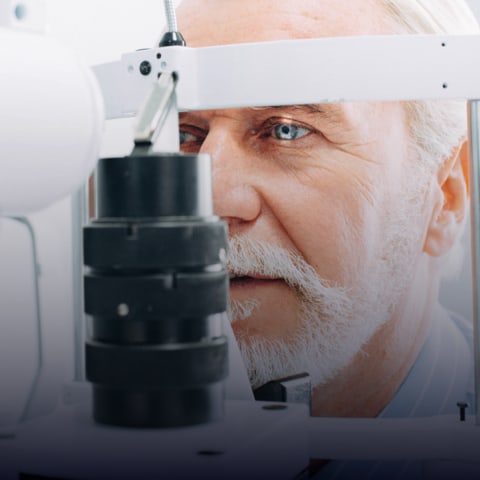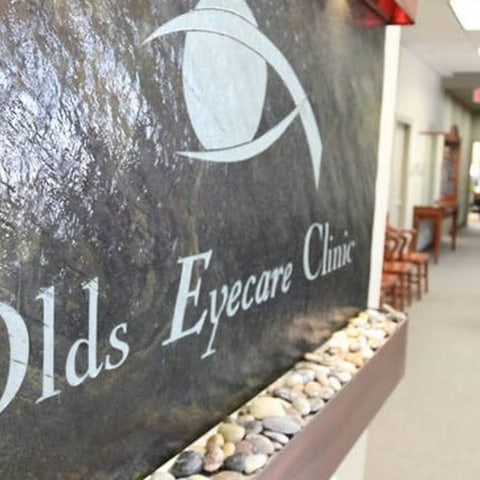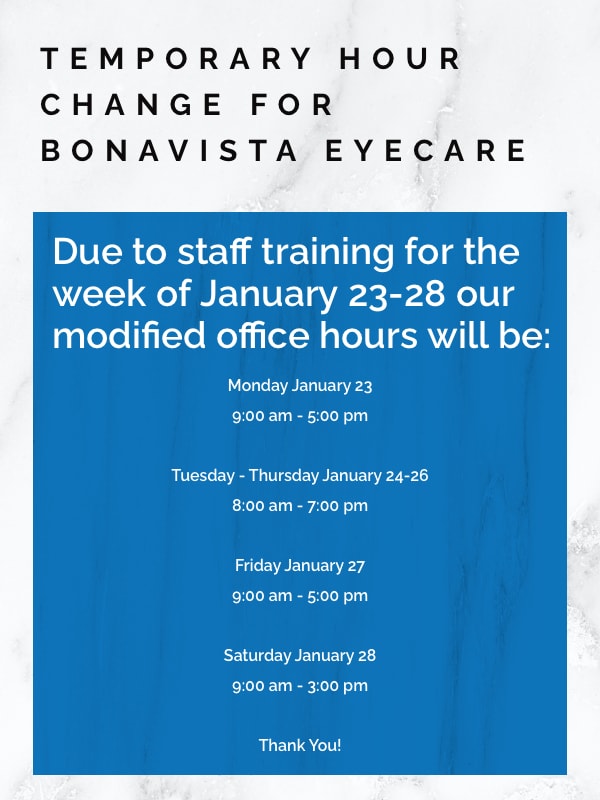
Putting Your Eye Health First
Welcome to Bonavista, Olds, and Sundre Eye Care! Your healthy vision is important to us, and our team is devoted to giving you an eye care experience that goes above and beyond.
With our expertise and the use of cutting-edge technology, we’re proud to be your destination for better vision health for the whole family. Whether you’re looking for an updated prescription, help managing an eye condition, a place to bring your child for their first eye exam, or a new pair of glasses, we’re equipped to help.
Visit us today to see the difference personalized care makes.
Dry Eye
Centre
The irritation of dry eyes can be frustrating, but we offer solutions to restore your comfort. No matter the cause of your symptoms, we use the latest technology to provide a detailed assessment and treatment plan specific to your needs. Don’t let dry eyes impact your daily life any longer!


Our Locations
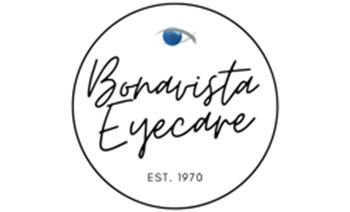
Calgary
Find us steps away from Lake Bonavista across from Lake Bonavista Promenade. Please give us a call if you have any trouble finding us.
Please note that our hours may change on long weekends, holidays and for summer hours.
- 739 Lake Bonavista Drive SE
- Calgary, AB T2J 0N2
Hours
- Monday: 9:00 AM – 5:00 PM
- Tuesday: 7:00 AM – 8:00 PM
- Wednesday: 7:00 AM – 8:00 PM
- Thursday: 7:00 AM – 8:00 PM
- Friday: 9:30 AM – 5:00 PM
- Saturday: 9:00 AM – 3:00 PM
- Sunday: Closed Sunday. Please note that our hours may change on holidays, long weekends, and for summer hours.
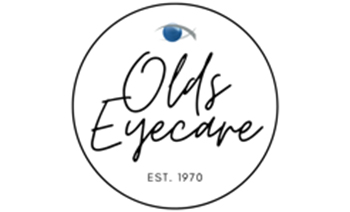
Olds
Find us at the corner of 50 Avenue and 52 Street. Don’t hesitate to give us a call if you have any trouble finding us.
Please note that our hours may change on long weekends, holidays and for summer hours.
- 5202 50 Ave
- Olds, AB T4H 1G9
Hours
- Monday: 9:00 AM – 5:00 PM
- Tuesday: 9:00 AM – 5:00 PM
- Wednesday: 7:00 AM – 7:00 PM
- Thursday: 9:00 AM – 5:00 PM
- Friday: 9:30 AM – 5:00 PM
- Saturday: 9:00 AM – 3:00 PM
- Sunday: Closed Sunday. Please note that our hours may change on holidays, long weekends, and for summer hours.
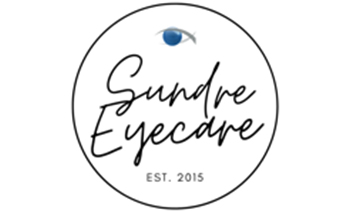
Sundre
Find us on 6 Street just off Cowboy Trail. Don’t hesitate to give us a call if you have any trouble finding us.
Please note that our hours may change on long weekends, holidays and for summer hours.
- 101 6 St SW
- Sundre, AB T0M 1X0
Hours
- Monday: 9:00 AM – 5:00 PM
- Tuesday: 9:00 AM – 5:00 PM
- Wednesday: 9:00 AM – 5:00 PM
- Thursday: 9:00 AM – 5:00 PM
- Friday: 9:00 AM – 5:00 PM
- Saturday: Closed
- Sunday: Closed Sunday. Please note that our hours may change on holidays, long weekends, and for summer hours.
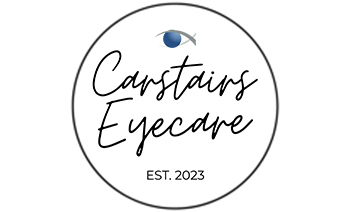
Carstairs
Find us north of the Credit union in the same building as Mountain View Smiles Dental Clinic.
Please note that our hours may change on long weekends, holidays and for summer hours.
- 208 10th Ave Unit 1
- Carstairs, AB T0M 0N0
Hours
- Monday: 9:00 AM – 5:00 PM
- Tuesday: 9:00 AM – 5:00 PM
- Wednesday: 9:00 AM – 5:00 PM
- Thursday: 9:00 AM – 5:00 PM
- Friday: 9:00 AM – 5:00 PM
- Saturday: Closed
- Sunday: Closed Sunday. Please note our hours may change for long weekends, holidays and for summer hours.

Our Brands
